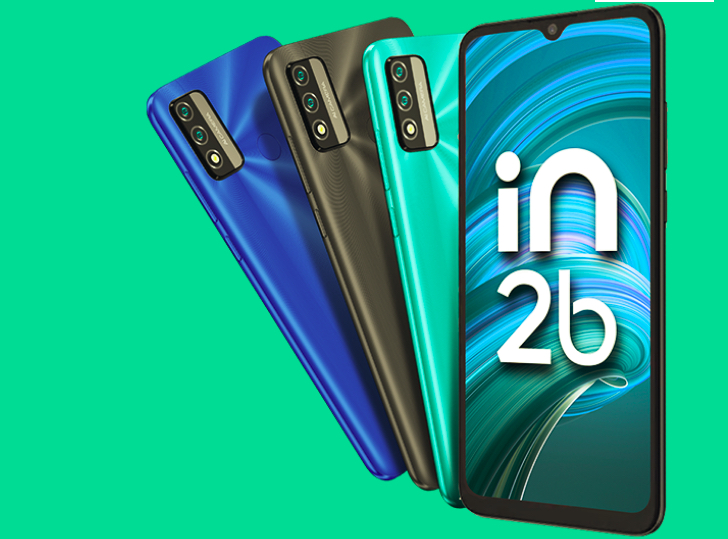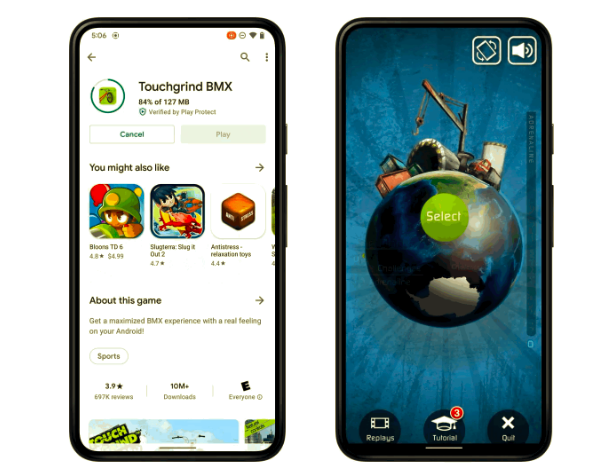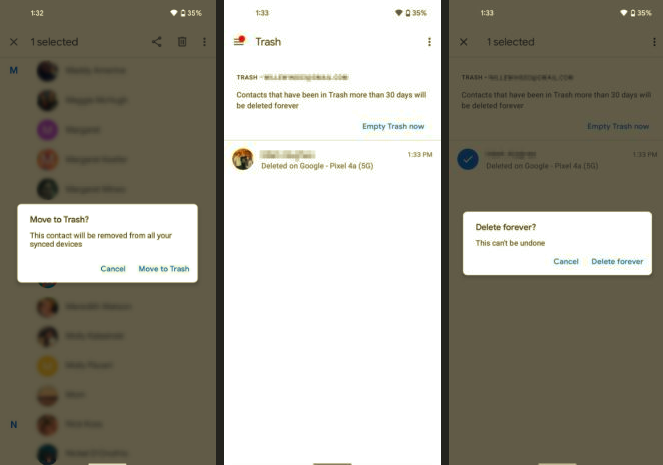The Nokia Lumia 1020, running Windows Phone, has been the camera and video champion of the smartphone world for the best part of a year now and, in terms of imaging, the benchmark against which Android-powered devices have to match up. It does seem as if the Galaxy S5, tested here, is now getting very close to the 1020 overall. A few pros and cons for each along the way, but I’d say that the S5’s ISOCELL 1/2.6″ sensor produces video that should be more than good enough for any new users under almost any conditions.I strapped the Lumia 1020 (left) and Galaxy S5 (right) to a special ‘jig’ and headed out across 24 hours to film in varying light conditions, commenting on what I was doing at each stage and blending footage from the two smartphones, split-screen fashion, to arrive at the special video embedded here.
I tested in (in order) low light, dusk, down by the lake; at night, down by the pub (where else?!), and in bright sunlight at a summer train attraction and at home in the garden.
See what you think – do make sure that you increase the quality using the YouTube control to 1080p, and also maximise your playback window – don’t just watch it within the 600 pixel Android Beat main text column!
You’ll have made up your own mind, of course, but I’d venture to suggest that 1080p footage from the Galaxy S5 is as good as that from the benchmark Lumia 1020 in all light conditions, except where zooming and stability are needed. The two go together, since for most purposes you won’t need lots of stabilisation unless you’re ‘zoomed in’. And 99% of casual user video is shot as-is, with no zooming – after all, experts like (ahem) myself have been proclaiming that digital zoom is the spawn of the devil for years in the camera phone world. Now, in 2014, when sensor resolutions are high enough and image processors fast enough that digital zoom is possible to an extent, I suspect many people will already have got out of the habit!
Certainly, waving the Galaxy S5 around at a family event, with no special/arty zooming, results here will be more than sufficient and largely indistinguishable from those from the Lumia 1020 – or indeed from the Sony Xperia Z2 and other top 2014 devices.
As ever, edge cases are where differences are seen – the Lumia 1020 has HAAC microphones that can record stereo without distortion at rock gig volume – the S5’s are capable, but not quite to this level (though I’ll endeavour to test this properly at the next festival!) And, as a pro for the Galaxy S5, it can also capture at 4K resolution, making it potentially more future proof, should this higher resolution really take off – but that’s another article for another day.
There’s another factor which I touch on in the video – visibility of smartphone screens outdoors. After all, when you’re filming, especially in sunlight, some smartphones (cough – the Oppo Find 7a and various Huawei devices have let me down here in a bad way) have screens which turn into mirrors and you – quite literally – can’t see what you’re shooting. In contrast, the displays on both the Galaxy S5 and Lumia 1020 showed admirable clarity and contrast, even in sunlight, a real testimony to the R&D skill by Samsung and Nokia in this area.
Nokia’s use of a physically larger sensor and OIS (Optical Image Stabilisation) gives the 1020 the edge here overall, but the gap down to competition like the S5 here is narrowing, and I applaud Samsung’s use of a larger sensor (than in the S4) and the introduction of ISOCELL technology.
The next step up in Samsung imaging should be in the Note 4, launched in a few months. Will that be able to topple Nokia’s Windows Phone champion? We’ll see….









